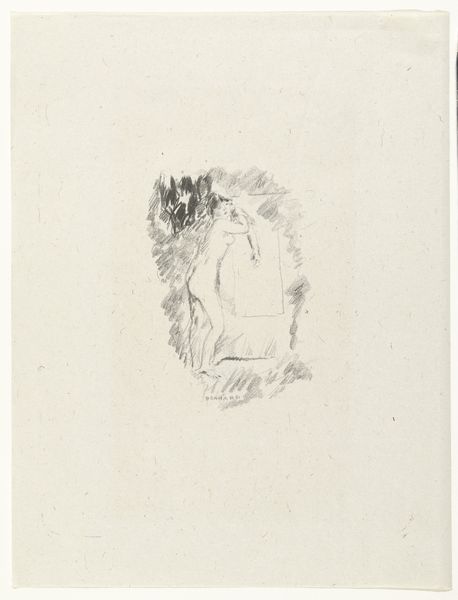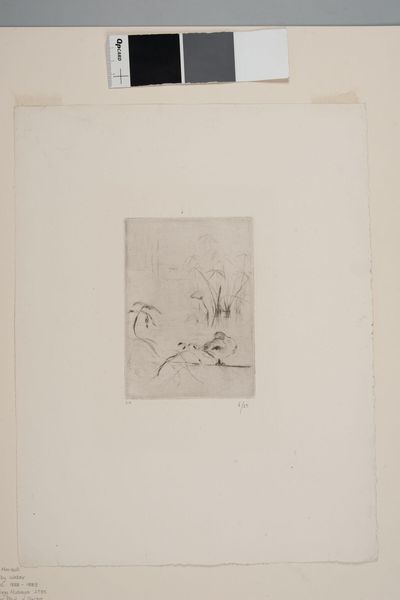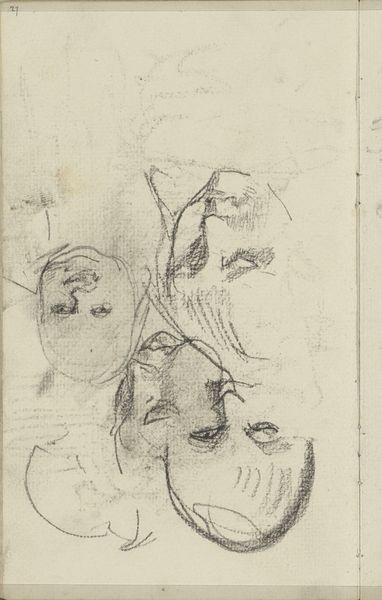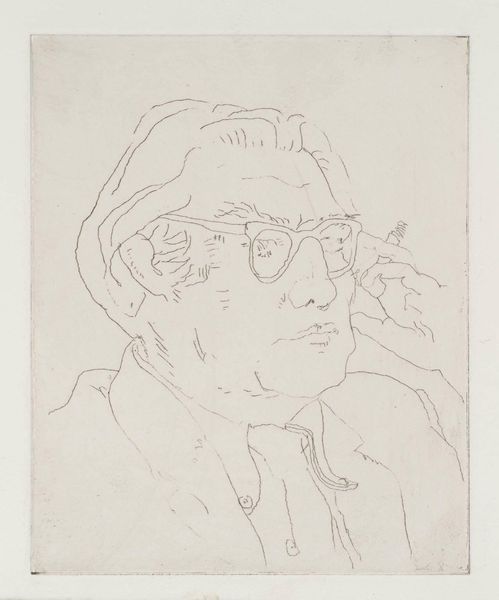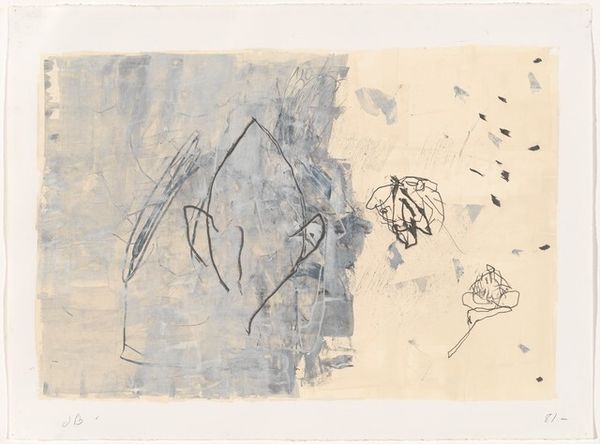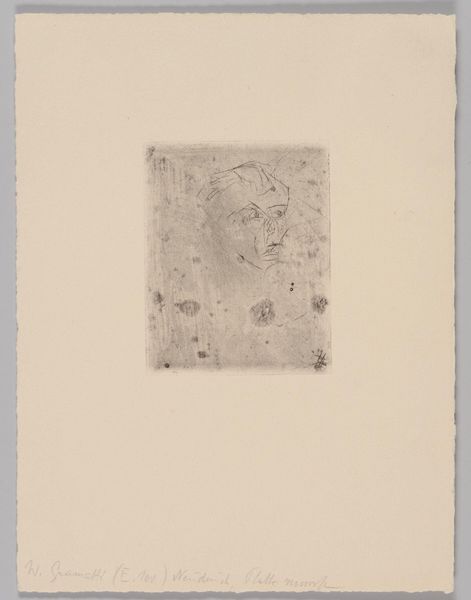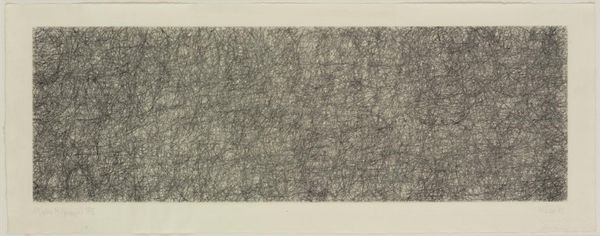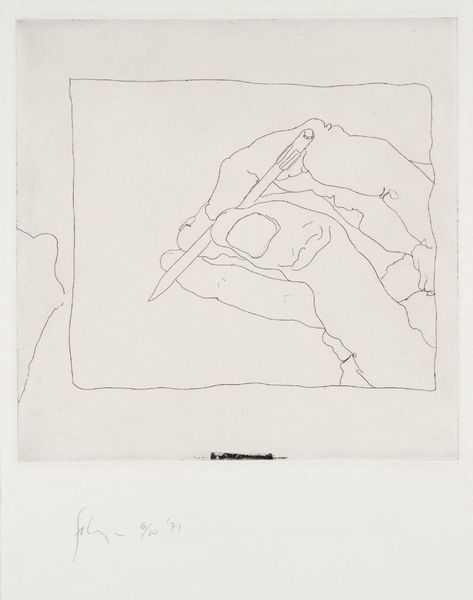
Dimensions: image: 153 x 186 mm
Copyright: © Tate | CC-BY-NC-ND 4.0 DEED, Photo: Tate
Editor: Cecil Collins' "Three Fools" presents a delicate etching. The fine lines and pale tonality give it an ethereal quality. What do you see in the composition and the artist's technique? Curator: The success of this piece lies within the network of lines. Note how Collins uses varying densities to suggest depth and form, creating a subtle interplay between light and shadow. It is less about narrative, more about the formal relationships, don't you think? Editor: I see that now! The way the lines almost vibrate against the white space gives a sense of movement despite the static subject matter. Thank you! Curator: Indeed. It's a testament to the power of line and form.
Comments
Join the conversation
Join millions of artists and users on Artera today and experience the ultimate creative platform.
tate 3 months ago
⋮
Collins pursued his vision of a lost paradise, destroyed by the mechanisation of the modern world, throughout his lifetime. Creating his own version of archetypal figures, such as the Fool and the Angel, he attempted to reveal to us our innermost selves. These figures, he believed, represented an innocence that had ceased to exist in the ‘Machine Age’ (Keeble, p.73). Many of Collins’s aims and beliefs were published in an essay he titled The Vision of the Fool which was first published in 1947. Throughout the essay Collins links the Fool with the ‘Saint, the artist, the poet (Keeble, p.81). He explains: ‘modern society has succeeded very well in rendering poetic imagination, Art, and Religion, the three magical representatives of life, an heresy; and the living symbol of that heresy is the Fool. The Fool is the poetic imagination of life, as inexplicable as the essence of life itself’ (quoted in Keeble, p.73).
